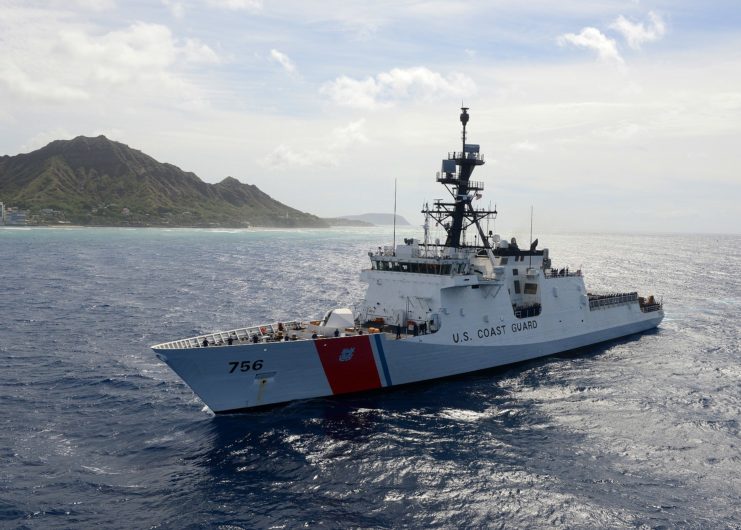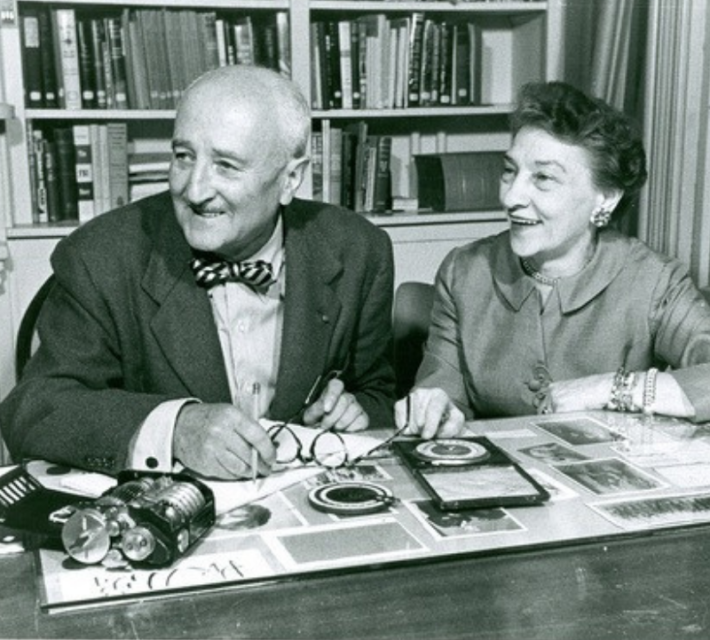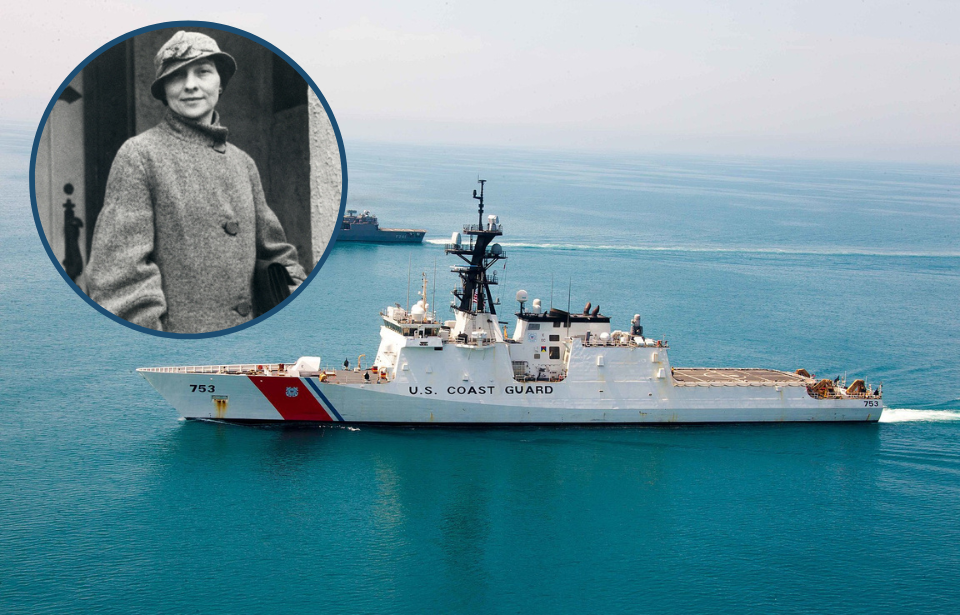Mississippi shipbuilder Ingalls Shipbuilding has begun work on a new Legend-class cutter for the US Coast Guard. This new National Security cutter (NSC) is named for cryptanalyst Elizebeth Smith Friedman, marking the first ship named after this historically significant figure.
USCGC Friedman (WMSL-760)

The USCGC Friedman (WMSL-760) is the 11th Legend-class cutter to be ordered.
“Our workforce has invested more than a decade of effort, creativity and resolve to make the Legend-class National Security cutter production line incredibly efficient and strong,” said Ingalls Shipbuilding President Kari Wilkinson in a press release. “We are pleased to achieve this milestone and will continue to look for any additional opportunity in our processes and approaches to provide the most affordable and capable ships to our customers.”
The Legend-class of cutters entered service in 2008 as part of the Integrated Deepwater System Program, which aimed to replace most of the Coast Guard’s equipment with more modern and efficient systems. These advanced ships are capable of performing a number of roles, including search and rescue, environmental protection, coastal security and anti-terrorism missions.
The NSCs have been designed and built to standards closely matching that of US Navy warships, allowing the Department of Defense to acquire and operate them in times of emergency. They’re able to survive in military environments with light threats, and even have a reduced radar cross section compared to previous cutters.
The vessels carry a 57 mm Bofors gun on their front deck, as well as a Phalanx CIWS defense system. They’re built with space and power ready to be utilized by military equipment, if needed. On top of this, their computer systems can be upgraded to be more resistant against attacks and more effective in military situations.
Some of the earlier Legend-class cutters suffered from structural issues that weakened their hulls, a problem amplified by the fact the Coast Guard uses their ships often and in some of the world’s roughest seas. For those vessels that were already built, these issues were addressed with reinforcements, while the ones still under construction had them addressed prior to being launched.
Friedman will be the most advanced yet. The 418-foot vessel can travel at 32 MPH, reach a range of 12,000 nautical miles and carry a crew of up to 148.
Who was Elizebeth Smith Friedman?

The USCGC Friedman is named for cryptanalyst Elizebeth Smith Friedman.
Friedman was born in 1892, and eventually became known as “America’s first female cryptanalyst.” While working at Riverbank Laboratories, Elizebeth met and married William F. Friedman, who later became a widely-celebrated pioneer of cryptology. In 1921, they began working for the War Department. Despite working together, much of Elizebeth’s work was independent from her husband’s.
At this time, the US prohibition of alcohol was in full swing, and many people throughout the nation began illegally making, sourcing, selling and drinking alcohol. Smugglers began using encoded messages to keep their operations hidden from law enforcement, forcing officials to employ codebreakers.
Friedman began working for the Coast Guard, who was encountering encoded messages from smugglers trying to bring alcohol into the country. In just three years, she’d decoded over 12,000 messages. This gave her and the others working in the field great experience before their most important mission: World War II.
During the war, Friedman’s Coast Guard team was absorbed into the Navy and began deciphering German communications in South America. This was amid fears that the US could be attacked by Germany’s allies in the continent. Her team decoded over 4,000 messages over the course of the conflict. However, much of the credit was given to the FBI.
After the war, Friedman and her husband wrote the definitive book dismissing claims that William Shakespeare‘s work had been written by someone else. Her husband was highly recognized within his own lifetime, but this wasn’t the case for her.
More from us: Polish Submarines Nicknamed the ‘Terrible Twins’ Struck Fear Into the German and Italian Navies
Elizebeth Smith Friedman died in 1980, and her ashes were spread over her husband’s grave in Arlington National Cemetery. Despite not receiving her due recognition, the famed cryptanalyst will be honored for years to come by the upcoming USCGC Friedman.
